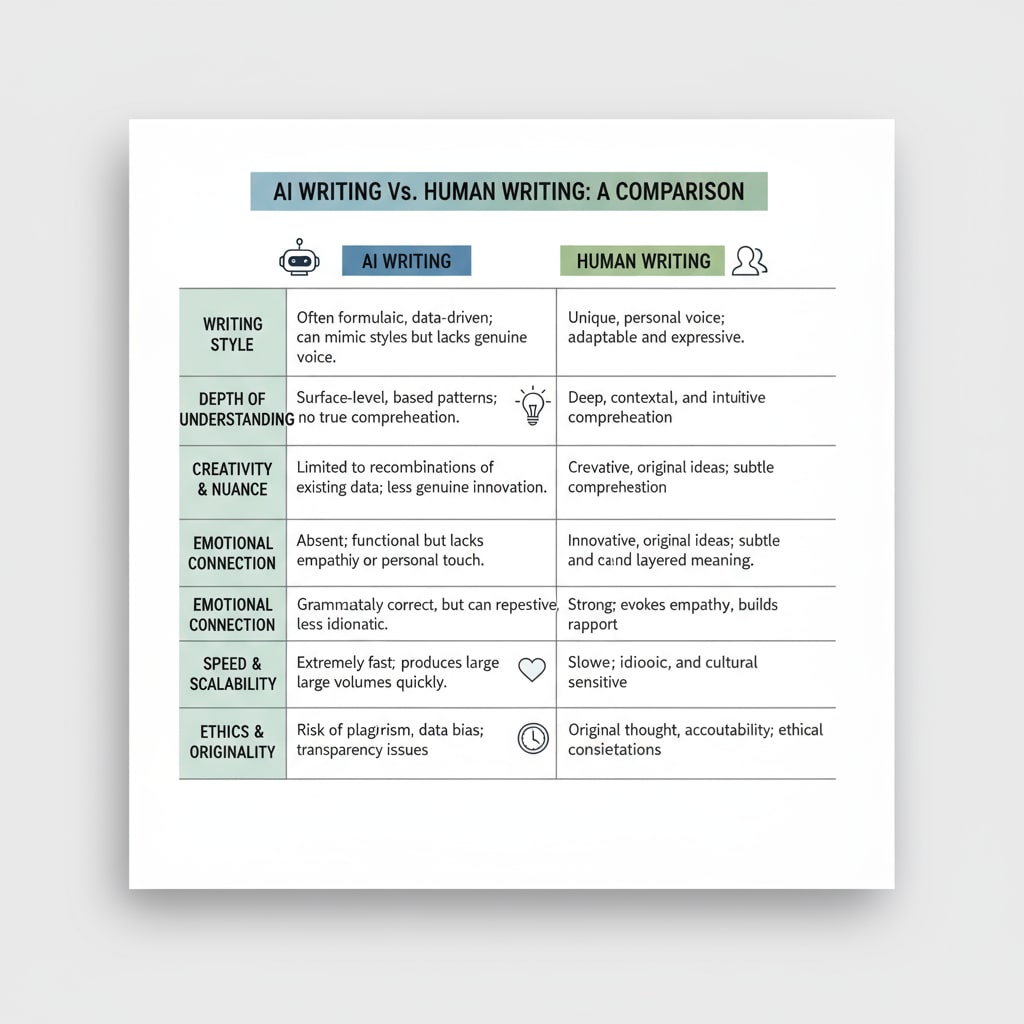In the age of AI writing, authenticity in student assignments and distinct writing styles have become topics of great importance. As AI writing tools become more accessible, educators face the challenge of teaching students to tell the difference between content generated by AI and that crafted by humans. This not only safeguards the integrity of academic work but also nurtures students’ ability to express themselves genuinely.

The Rise of AI Writing and Its Impact on Student Assignments
AI writing has emerged as a powerful force in recent years. Tools like ChatGPT can produce seemingly well-written essays, reports, and stories in a matter of seconds. This has led to concerns in the educational realm, as it becomes easier for students to submit AI-generated work as their own. For example, a student might be tempted to use an AI tool to complete a literature analysis assignment, bypassing the process of reading the text and formulating their own thoughts. According to this report on Edsurge, many educators have noticed a rise in suspiciously perfect assignments that may be the result of AI assistance.
Distinguishing AI from Human Writing
One of the key differences lies in the writing style. AI-generated content often lacks the personal touch and unique voice that human writers bring. Human writing is influenced by an individual’s experiences, emotions, and perspectives. In contrast, AI writing tends to follow patterns and templates. For instance, AI may use common phrases and sentence structures repeatedly. Another giveaway is the lack of in-depth understanding in AI-generated work. While it can present information, it may not truly comprehend the subject matter. As this New York Times article points out, educators are developing methods to detect AI writing, such as analyzing the consistency of the writing style and the presence of logical fallacies.

To help students recognize these differences, educators can design practical activities. For example, presenting students with a set of texts, some AI-generated and some human-written, and asking them to analyze and categorize them. Through such activities, students can develop an eye for the nuances that distinguish the two.
Readability guidance: Using short paragraphs and lists helps summarize key points. Each H2 section can have a list to make information more accessible. Controlling the proportion of passive voice and long sentences, and adding transitional words like ‘however’, ‘therefore’, ‘in addition’, ‘for example’, and ‘as a result’ throughout the text enhances readability.


